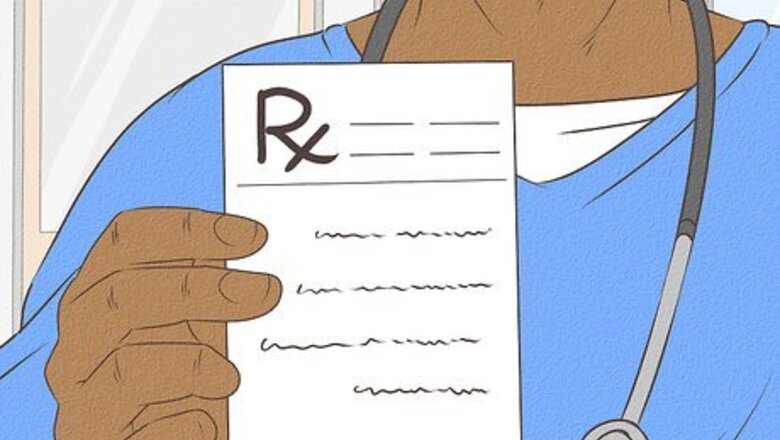
views
Providing Care and Ensuring Safety
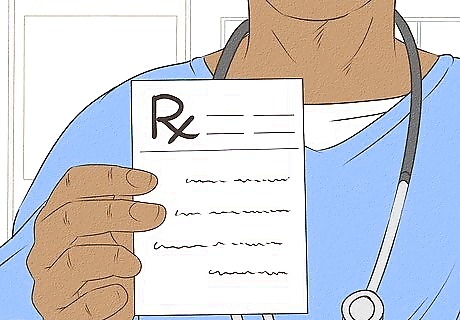
Follow the instructions provided by your vet. When you pick your cat up from the veterinarian following a surgery and anesthesia, you will likely be given a list of care instructions. Make sure to carefully read and follow the instructions. For example, your vet may provide you with information regarding administering pain medication, or how to feed your cat while it is recovering from the anesthesia.
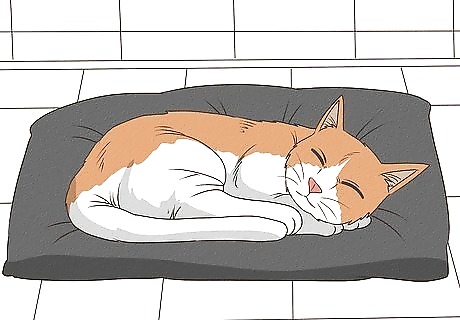
Place your cat in an enclosed area. When you arrive home with your cat after a surgery or procedure that required anesthesia, your cat may be groggy. Place your cat in a confined room, such as a bedroom or bathroom. Choose a room that is quiet and free of other pets or young children. Avoid letting other pets interact with your cat before it recovers fully. This helps keep both your cat and your other pets calm and safe while your cat is still influenced by the anesthesia. Alternatively, you could confine your cat to a large crate while recovering.

Remove elevated objects. Choose a room that does not have any elevated objects. Your cat may be tired and groggy and could fall off of a countertop or elevated piece of furniture. Jumping may also irritate any stitches or incision sites and should be avoided. You may also want to carry your cat up and down the stairs for the first 24 hours until they start to regain their energy levels.
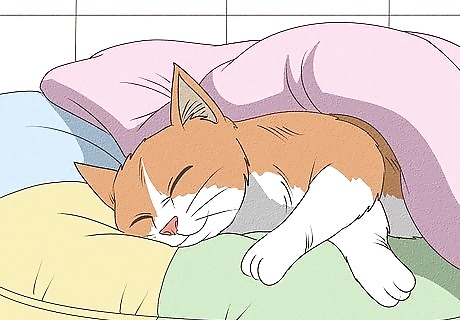
Keep your cat comfortable. Your cat will need to spend quite a bit of time sleeping and resting while recovering from anesthesia. As a result, you want to create a comfortable place for the cat to sleep. Place their favourite bed and a few blankets in the enclosed area with the cat. Make sure the bedding is placed on the floor so that the cat is not tempted to jump onto a bed or other piece of furniture.
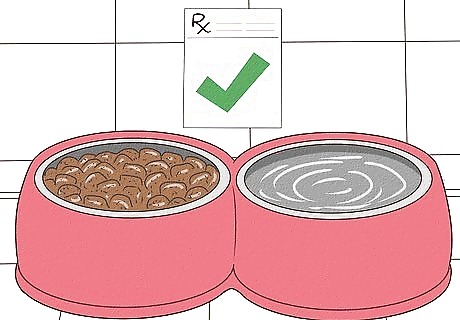
Limit food and water intake. Provide food and water in small amounts following anesthesia. Your cat may have a mild reaction to the anesthesia, resulting in vomiting. Only give your cat a small amount of food, about half of what they normally eat. If the cat does not vomit, then you can return your cat to its regular eating schedule. Follow all feeding instructions provided by your vet.
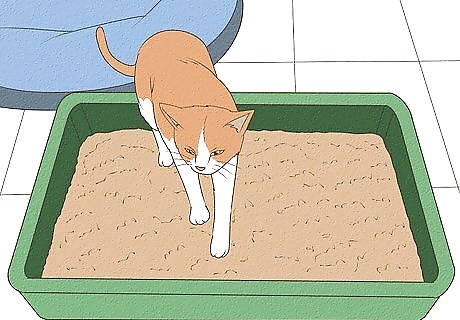
Provide your cat with easy access to the litter box. Make sure that your cat can easily access their litter box. Place it in the confined room with the cat so that they do not need to travel far to go to the washroom. Do not keep the litter box on a different floor from the cat. You want to minimize the amount of stairs they are climbing while recovering from anesthesia.
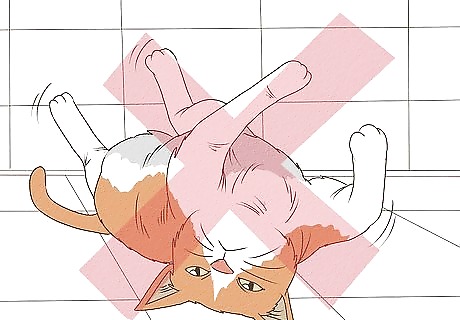
Avoid rough play for a few days. For the first 24 to 48 hours after surgery your cat should not engage in any rough play. If you have other pets, keep them separated for a few days, to give your cat adequate time to recover. Rough play could result in tearing stitches or irritating the incision site. If your vet recommends exercise restrictions while your cat recovers, make sure you follow them exactly. If you are unsure if your cat needs exercise restrictions, contact your vet for clarification.
Watching for Complications
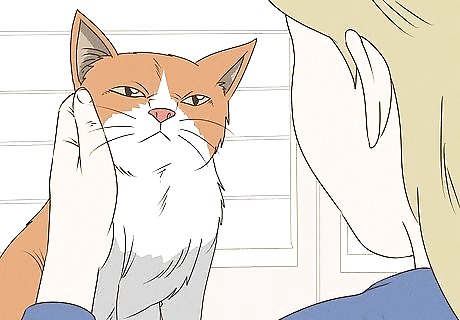
Check on your cat frequently. Although it is important to keep your cat in a quiet, traffic-free area while they recover from an anesthesia, you should still check on them frequently. For example, you should enter the room with your cat every few hours to make sure that it is breathing normally and not experiencing too much discomfort.

Monitor your cat's breathing. In some cases a cat may have a negative reaction to the anesthesia, causing them to experience respiratory distress. This includes laboured breathing. If your cat shows signs of laboured breathing, contact your vet immediately.
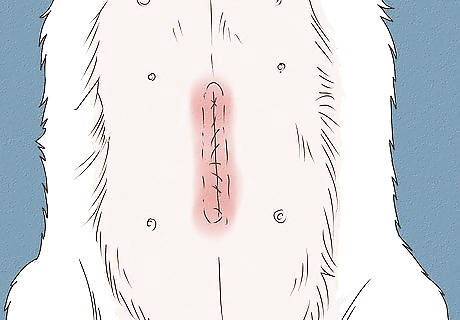
Keep an eye on the incision site. Usually when cats receive anesthesia, it is accompanied by surgery and/or stitches. As a result, it is important to watch the incision site for any complications. Watch for redness, swelling, or any discharge from the incision, or for your cat biting or scratching around the area. Call your vet immediately if you notice any signs of irritation around the incision site. You can also help avoid complications such as biting by using an Elizabethan collar, sometimes called a cone collar, available from your vet or pet supply stores. Be sure to properly fit the collar so that your cat cannot get around it.
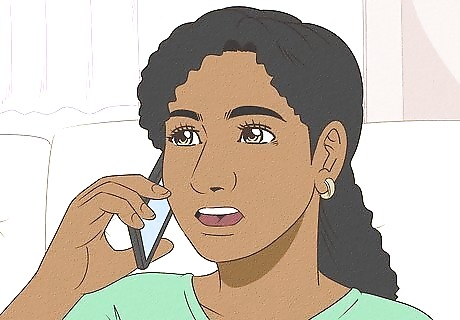
Call the veterinarian if any complications arise. If you are at all concerned with your cat's recovery from the anesthesia, then you should call your veterinarian. For example, if your cat's energy levels do not begin to rise within a few days, this could be a sign of an underlying issue. It is always best to be on the safe side.

















Comments
0 comment